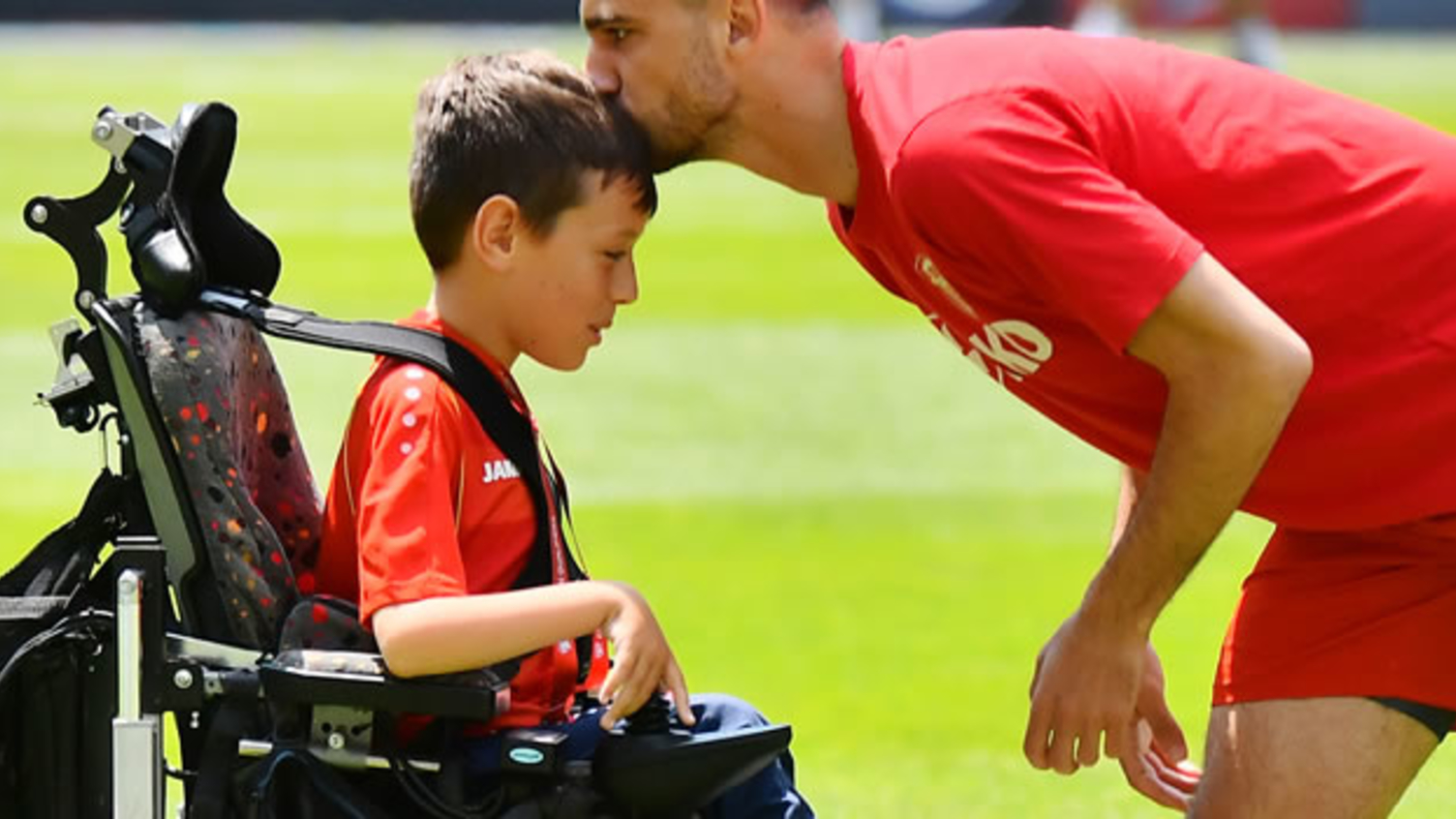Spinal Muscular Atrophy (Europe)

About this PSP
Established in 2022 by SMA Europe, the Spinal Muscular Atrophy (SMA) PSP worked with people who live with SMA, carers and healthcare professionals to identify uncertainties about spinal muscular atrophy. SMA is a rare, genetic neuromuscular condition which causes progressive muscle atrophy and weakness, leading to loss of movement.
The image above is of the PSP Steering Group member, Jane Velkovski.
The Spinal Muscular Atrophy PSP Top 10 were announced at the 4th International Scientific and Clinical Congress on Spinal Muscular Atrophy in March 2024.
Top 10 priorities
The most important questions
- Can nerve cells (especially motor neurons) be regenerated in people with SMA?
- Are there biological markers (biological molecules in blood or other tissues) that can indicate the progression of SMA?
- Can damaged muscles be rebuilt in people with SMA? How can muscles be strengthened?
- Do people with SMA benefit from a specialised diet (e.g. amino acid diet) or dietary changes such as treatment with supplements?
- What is the best physiotherapy approach for people with SMA? Does it need to be tailored to the individual (e.g. according to age and type of SMA)? Does it need to change during treatment with one of the new drugs?
- What parts of the body are affected by SMA other than nerves and muscles?
- Does electrical stimulation of nerves and /or muscles benefit people with SMA?
- What is the best approach to treating and preventing problems with bones and joints (orthopaedic problems) for people with SMA?
- What are the best ways to treat and manage fatigue in people with SMA?
- How can new technology and assistive devices help people with SMA and their carers?
The following questions were also discussed and put in order of priority at the workshop:
- How are chewing and swallowing affected in people with SMA? How are these problems best assessed, treated and managed?
- What are the positive and negative experiences of receiving new drug treatments for children and adults with SMA? What are the psychological and practical impacts of the treatment?
- Are the new drugs for SMA more effective if they are used together?
- How can the choice and dose of the new drug treatments be optimised for each person with SMA (e.g. according to age and type of SMA)?
- What is the best approach to providing respiratory support to people with SMA?
- Are the new drug treatments for SMA effective for adults?
- Which exercises and physical training benefit people with SMA?
- How effective are the new drug treatments in the long-term? Will people with SMA have different treatment and care needs as a result of long-term treatment?
- What are the best ways to measure the development of SMA over time? How can the impact of the new drug treatments be measured?
- How does SMA impact on people’s quality of life? How can this be measured and how can it be improved?
- Are there new types of gene therapies that that could be developed as a treatment for SMA?
- How can robotic exoskeletons be further developed to help people with SMA to walk?
- What are the best ways to support people with SMA to live independently?
- What is the best way to ensure access to centres of excellence for SMA treatment and care? How can these centres provide high quality care from a range of specialists?
Key documents
These documents set out the aims, objectives and commitments of the PSP
Spinal Muscular Atrophy PSP protocol
Spinal Muscular Atrophy PSP Steering Group terms of reference